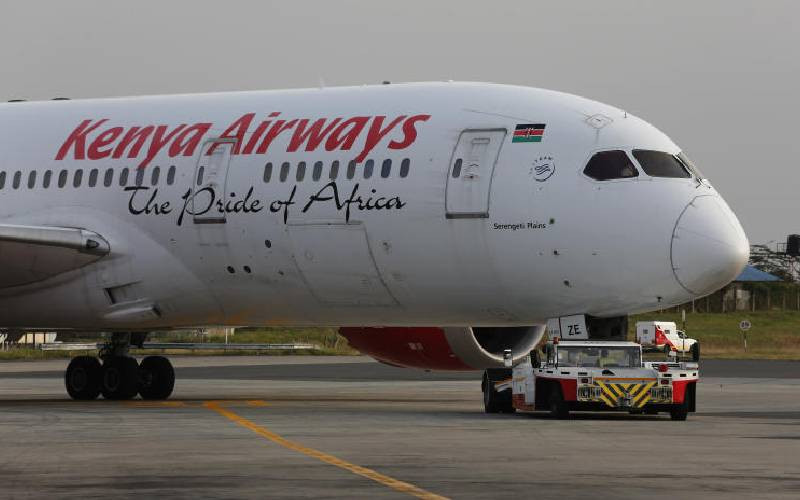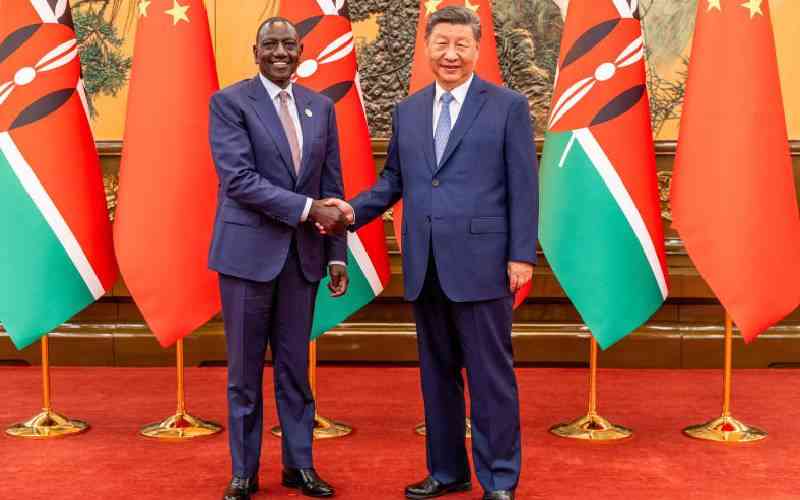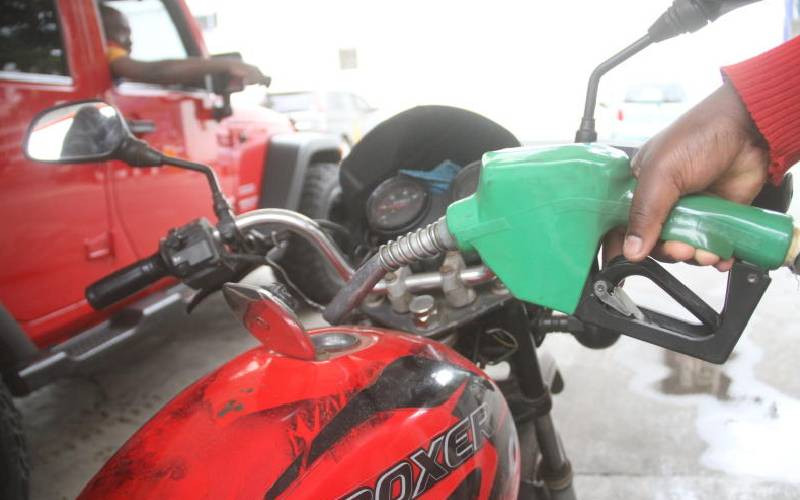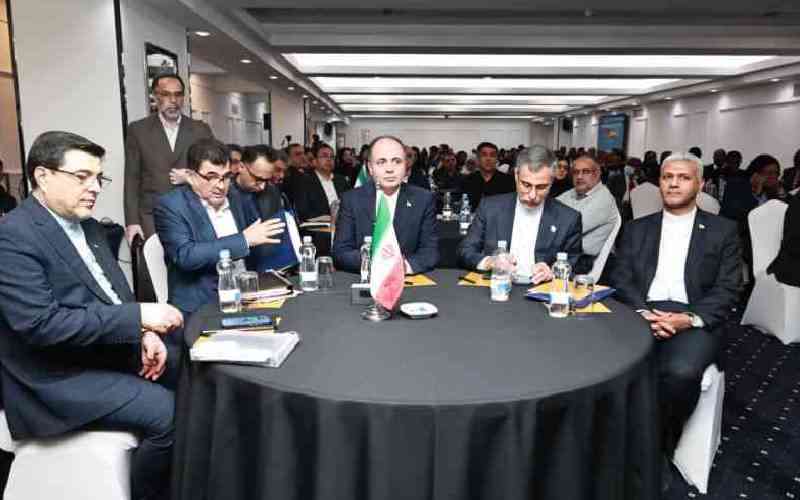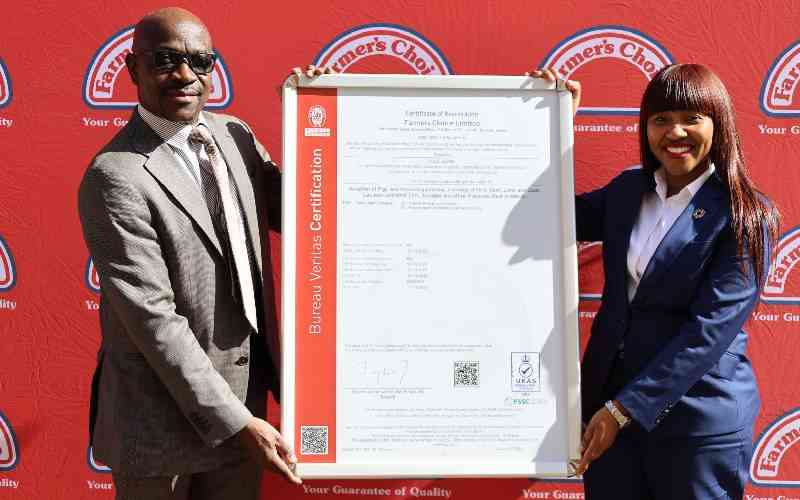×
The Standard e-Paper
Kenya’s Boldest Voice
Think Kenyatta Avenue, Muindi Mbingu or Kimathi Streets, all these have seen their names change with time, reflecting the changing socio-political reality, writes WANGECI KANYEKI
From its township days, Nairobi central business district (CBD) has morphed from the time it was declared a city in 1950 and now boasts being home to commercial skyscrapers blended with monumental buildings bearing a strong British architectual influence.

